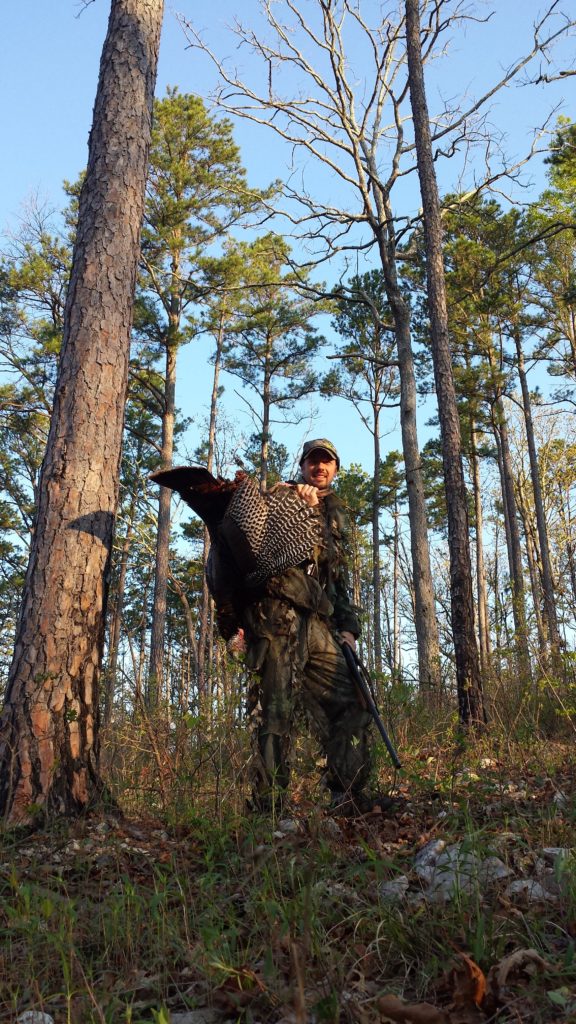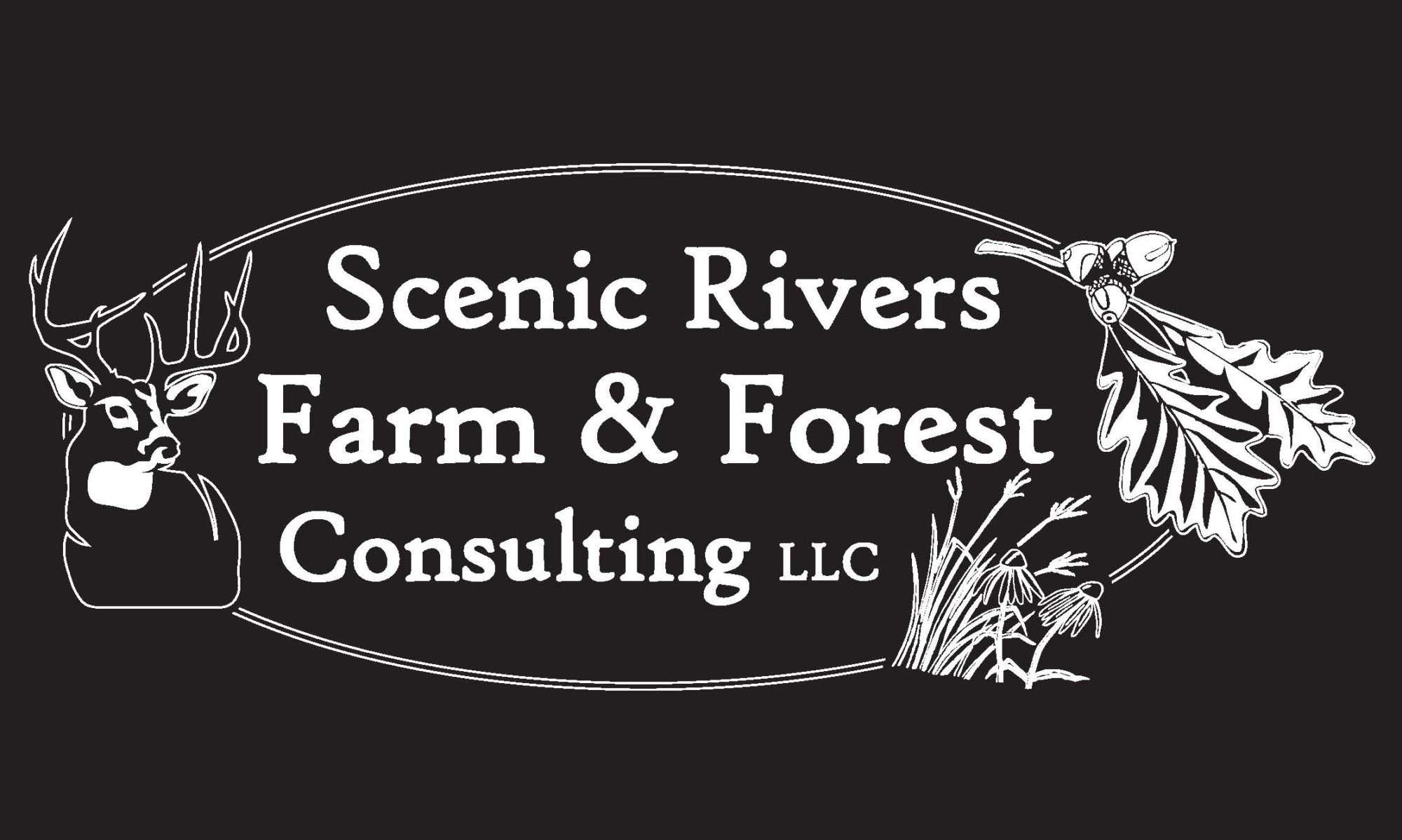
As a general rule, FOOD, COVER, and WATER are the three necessary components needed for good wildlife habitat. Depending on your goals and objectives, the quantity and arrangement of these three components will largely determine what kind and how much wildlife your property can support.
Plant life, such as trees, shrubs, grass, legumes, forbs, and crops influence what kinds of wildlife will live on or use your property. Being mindful of the nutritional needs of wildlife you are managing for, will be important to keeping them healthy, plentiful, and on or near your property.
Wildlife have varied water requirements, and how far certain wildlife will have to travel to meet their needs will influence how wildlife will use your property. During dry spells, having a wildlife watering pond may be critical for keeping deer on or close to your property, while quail can get by with dew accumulated on plants in the early morning.
Proper cover is very important for wildlife, as it provides bedding, roosting, nesting, foraging areas, and protection. Sometimes its necessary to plant trees, shrubs, or native grasses in certain areas, while it may be important to cut trees , create shrubby edges, or use prescribed fire in others.
A good wildlife management plan should be guided by you or your families goals and objectives for your forest, farm, or property. Scenic Rivers Farm & Forest Consulting can provide a wildlife management plan to meet your goals. Resources of all kinds are measured and inventoried, management recommendations are offered, and then a plan of action is prepared to help you achieve your vision.
If desired, we can arrange to complete the various management practices outlined in your plan or tailor a project to suit your request.

